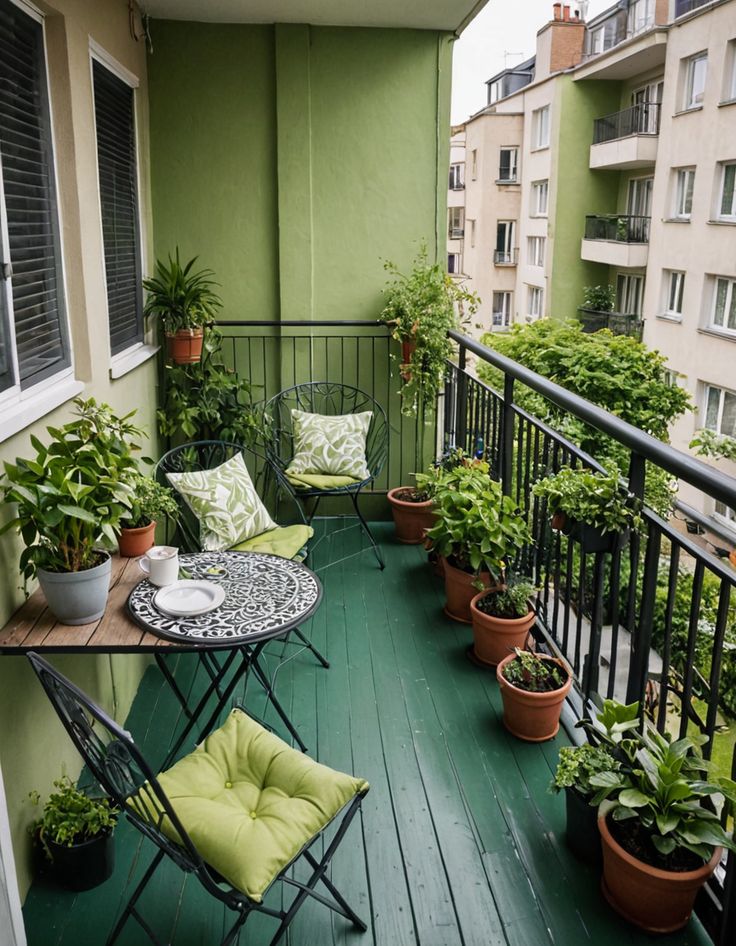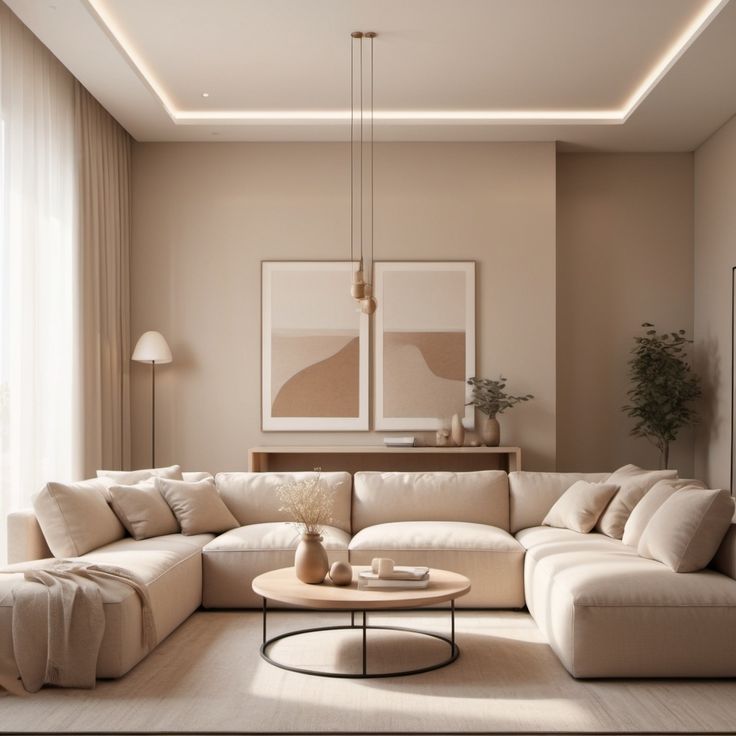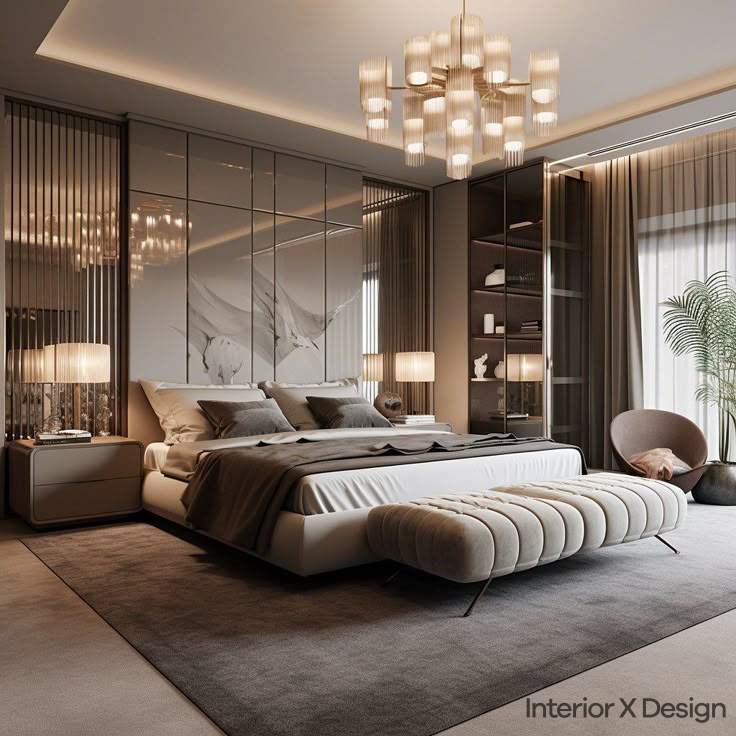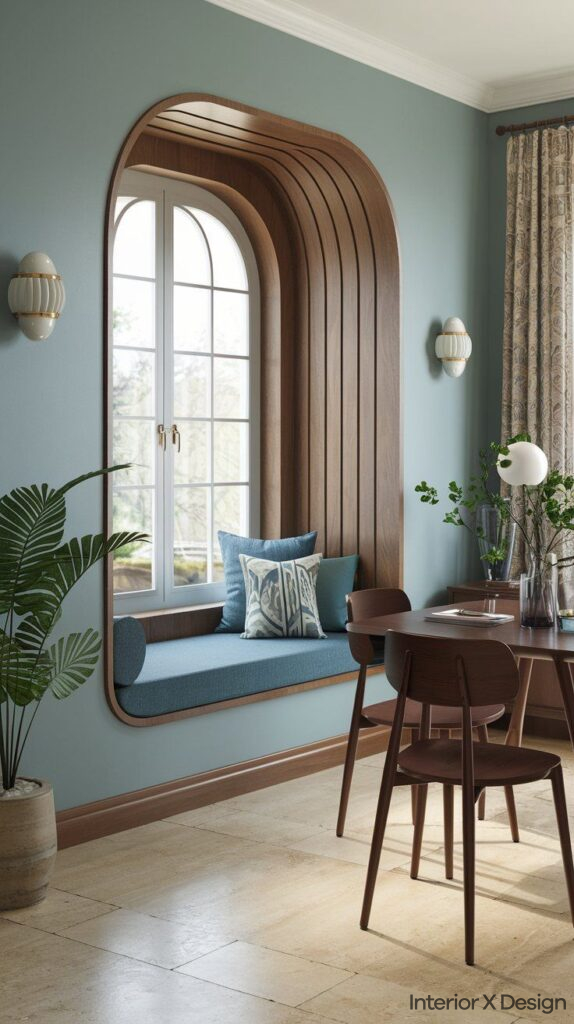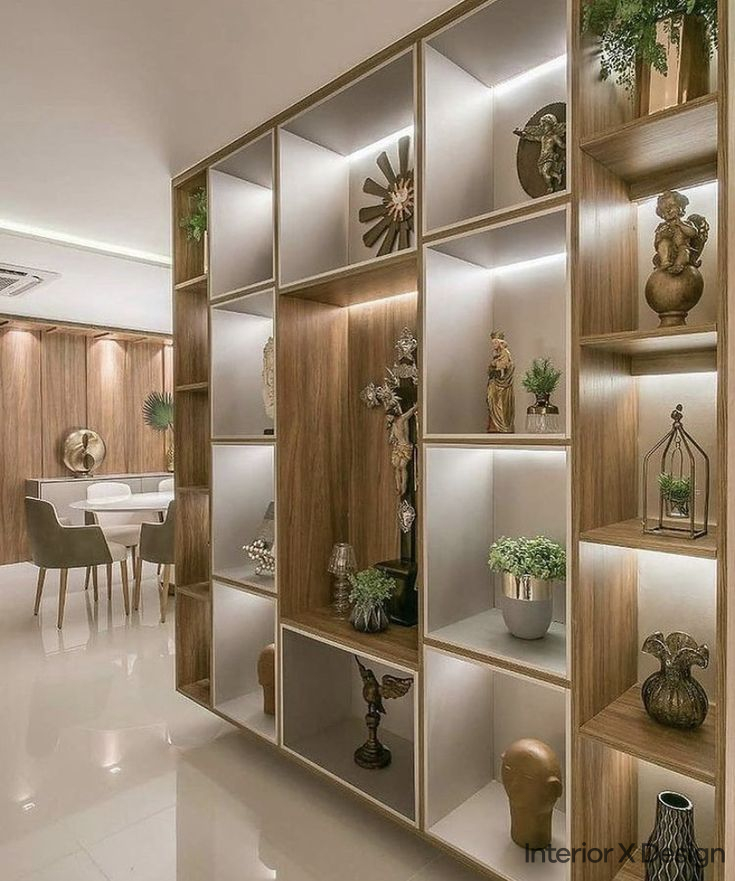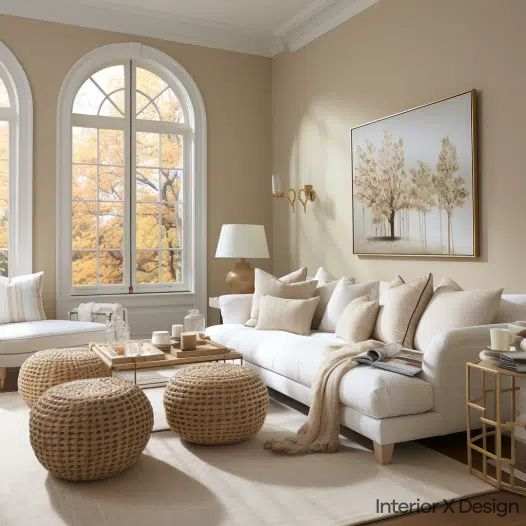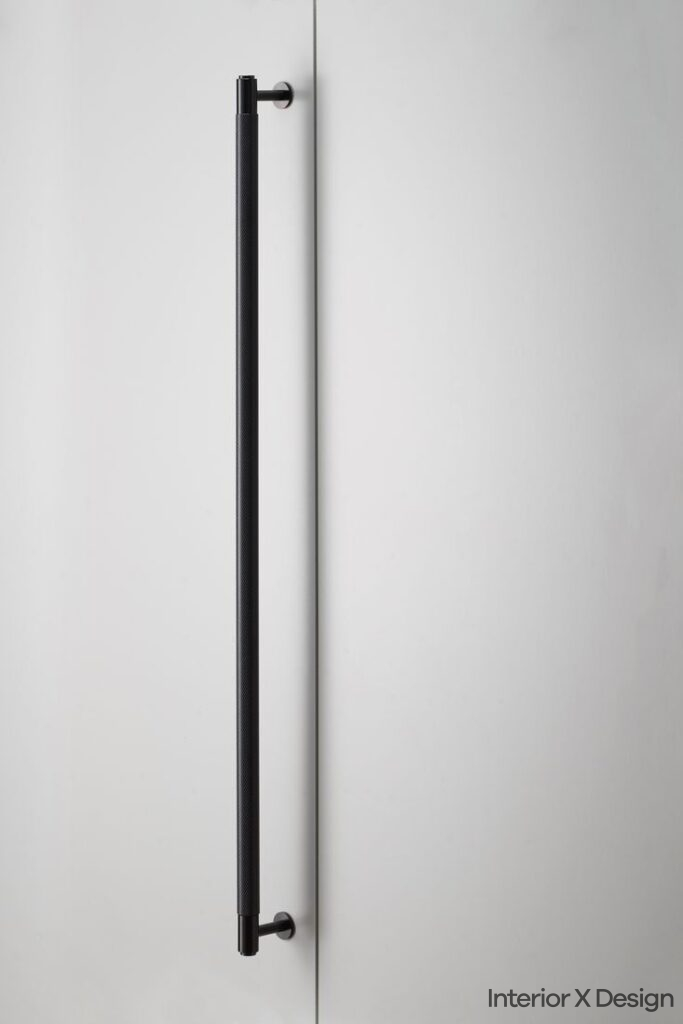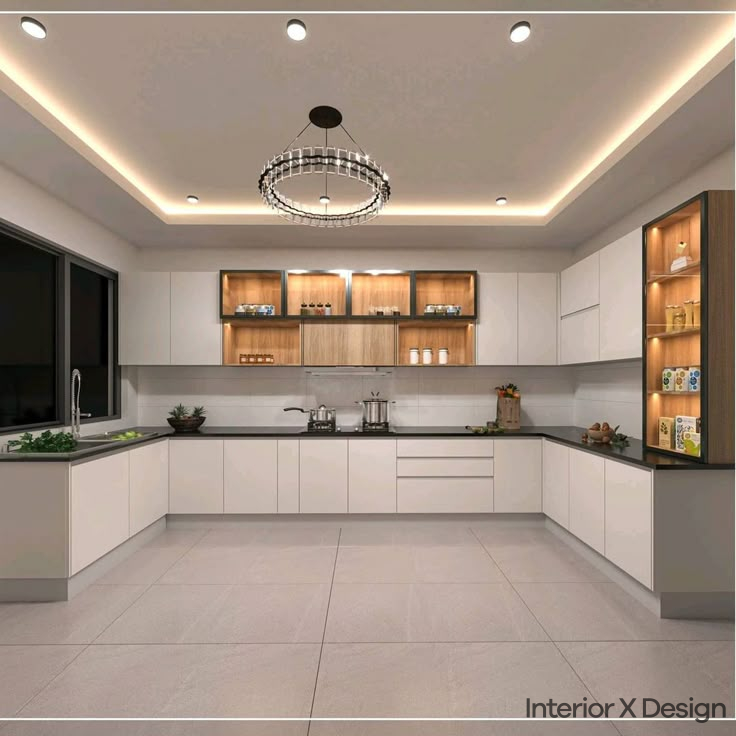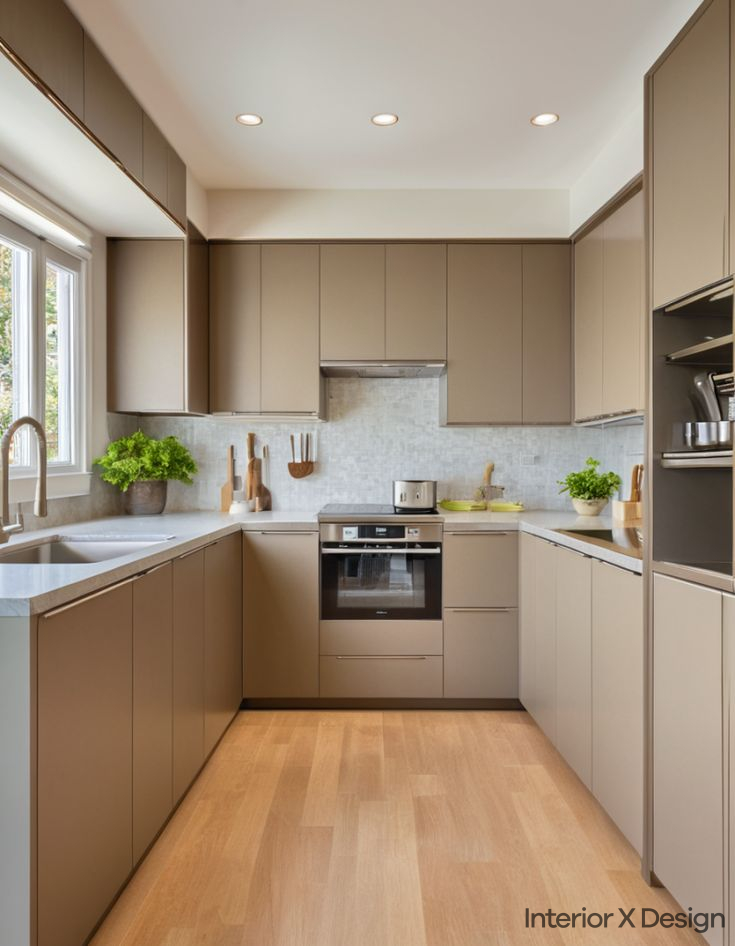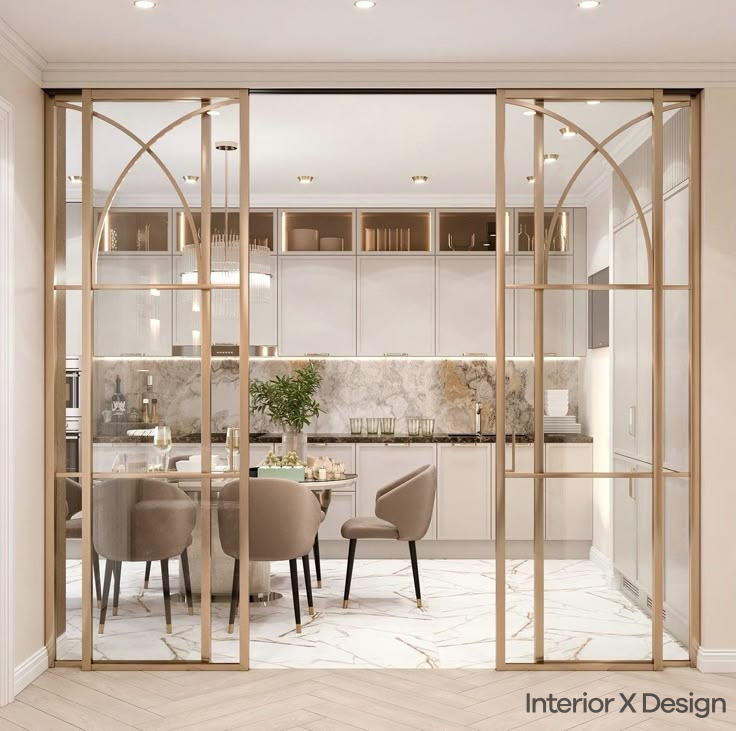Creating a home that radiates harmony and tranquility is the goal of many homeowners. One of the most effective ways to achieve this is by incorporating principles of Feng Shui interior design. This ancient Chinese practice focuses on arranging your living space to enhance the flow of energy, or “chi,” bringing balance and peace into your environment. Whether you want to transform a single room or your entire home, Feng Shui can help you achieve a space that supports your physical, mental, and emotional well-being.
What Is Feng Shui?
At its core, Feng Shui is a philosophy that emphasizes harmony between individuals and their surroundings. It uses the concept of chi, or life force, to guide the placement of furniture, colors, and elements in a way that promotes positive energy flow. The practice is grounded in the interplay of yin and yang (opposing forces) and the five elements (wood, fire, earth, metal, water), which work together to create balance.
Practitioners analyze various aspects of a space, including architectural features, light sources, furniture arrangement, and decor. By making strategic adjustments, Feng Shui aims to support health, prosperity, and happiness for the occupants.
A Brief History of Feng Shui
The origins of Feng Shui date back over 3,000 years to ancient China. Early practitioners used the principles of yin and yang and the five elements to align buildings with natural energy flows. Tools like the Luo Pan compass were employed to determine auspicious orientations based on cardinal directions. These methods were believed to ensure harmony between humans and their environment.
Over time, Feng Shui evolved and spread across Asia and eventually to the West. Today, modern design interpretations of Feng Shui often blend traditional principles with contemporary design practices, making it accessible to a global audience.
Key Principles of Feng Shui Interior Design
1. The Bagua Map
The Bagua map is a foundational tool in Feng Shui. It divides a space into nine zones, each corresponding to a specific life aspiration such as wealth, health, relationships, or career. By overlaying the Bagua map on your floor plan, you can identify areas to enhance with specific colors, elements, or arrangements.
2. Yin and Yang
Balancing yin (soft, dark, feminine) and yang (bright, strong, masculine) energies is crucial. For example, a bedroom should lean towards yin energy to encourage rest, while a living room benefits from more yang elements to promote activity and social interaction.
3. The Five Elements
Each of the five elements—wood, fire, earth, metal, and water—represents specific qualities and can be incorporated into your space through colors, shapes, and materials. For instance:
- Wood symbolizes growth and vitality; use green or brown hues.
- Fire represents passion and energy; include reds or candles.
- Earth signifies stability; add ceramics or yellow tones.
- Metal brings clarity; incorporate white, gray, or metallic finishes.
- Water evokes tranquility; use blue tones or fountains.
4. Chi Flow
A clutter-free environment is essential for the smooth flow of chi. Obstacles like piles of items or poorly placed furniture can block energy pathways, leading to a stagnant or chaotic atmosphere.
Applying Feng Shui in Your Home
Declutter and Cleanse
The first step to implementing Feng Shui is to clear clutter. Remove unnecessary items to allow energy to circulate freely. Clean your space thoroughly to eliminate any lingering negative energy.
Optimize Furniture Placement
- Beds: Place your bed in the “command position,” where you can see the door but are not directly in line with it.
- Desks: Ensure your desk faces the room, symbolizing control and awareness.
- Sofas: Arrange seating to encourage interaction and comfort, avoiding backs to doors.
Balance the Elements
Incorporate the five elements throughout your home. For example, add a water feature like an aquarium in the career zone or place a potted plant in the health area.
Enhance Natural Light
Maximize natural light to bring vitality into your space. Use sheer curtains and mirrors to reflect sunlight into darker corners.
Add Living Energy
Plants are a simple yet powerful way to introduce vibrant energy. Choose plants with rounded leaves to promote positive chi. Avoid sharp or spiky plants like cacti, which can create a harsh energy.
Incorporate Symbols of Harmony
Display items that symbolize peace and balance, such as:
- Wind chimes for gentle energy flow.
- Crystals to amplify positive vibrations.
- Artwork depicting serene landscapes or happy moments.
Room-by-Room Feng Shui Tips
Living Room
- Arrange furniture in a circular or semi-circular pattern to encourage conversation.
- Keep the center of the room clear to allow energy to flow.
- Add touches of red or orange for warmth and vitality.
Bedroom
- Choose soft, soothing colors like pastel blue or beige.
- Avoid placing mirrors directly facing the bed, as they can disrupt restful energy.
- Use paired items, such as nightstands or lamps, to symbolize balance in relationships.
Kitchen
- Keep the stove clean and in good working order, as it represents prosperity.
- Avoid clutter on countertops to maintain a sense of order.
- Incorporate earthy tones like yellow or brown to ground the space.
Bathroom
- Keep the toilet lid closed to prevent energy from draining away.
- Add plants or wooden elements to counteract the water-heavy energy.
- Use light, reflective colors to create a sense of spaciousness.
Home Office
- Position your desk so you face the door, symbolizing control and readiness.
- Use green accents to promote focus and productivity.
- Avoid clutter to maintain a clear, organized mind.
Common Feng Shui Cures
Mirrors
Mirrors can be used to expand spaces and redirect energy, but their placement is key. Avoid mirrors facing beds or doors.
Crystals
Crystals like amethyst and citrine can amplify positive energy and absorb negative vibes. Place them in areas that need an energy boost.
Water Features
Fountains and aquariums symbolize abundance and flow. Place them in wealth areas of the Bagua map, but ensure the water is clean and moving.
Feng Shui for Zen Living
Integrating Zen interior design principles with Feng Shui can create a space that feels both serene and balanced. Zen design emphasizes simplicity, natural materials, and a neutral color palette, complementing Feng Shui’s focus on energy flow and harmony.
Key Zen Elements
- Minimalism: Remove unnecessary items to focus on essentials.
- Natural Materials: Use wood, stone, and organic fabrics.
- Neutral Colors: Choose calming shades like white, beige, or gray.
- Mindful Decor: Add meaningful items that spark joy or calmness.
Conclusion
Feng Shui interior design offers a practical and intuitive way to balance your space for Zen living. By aligning your environment with ancient principles, you can create a home that not only looks beautiful but also feels harmonious and supportive. Start with small adjustments, and over time, you’ll notice a profound shift in the energy of your space—and your life.



